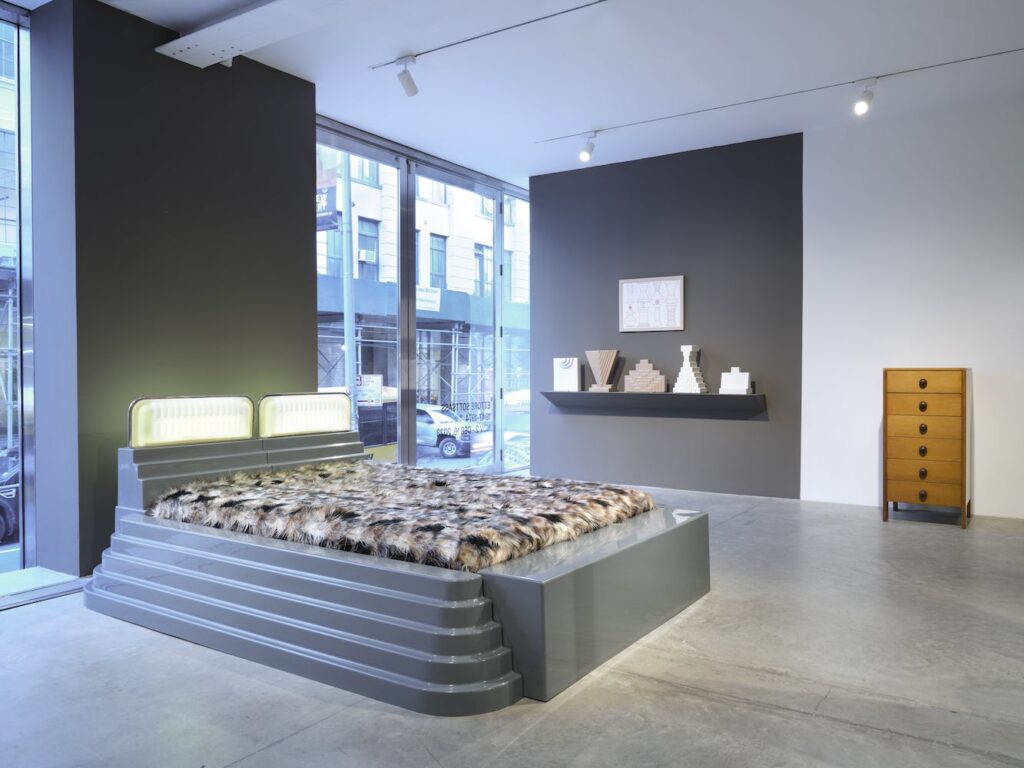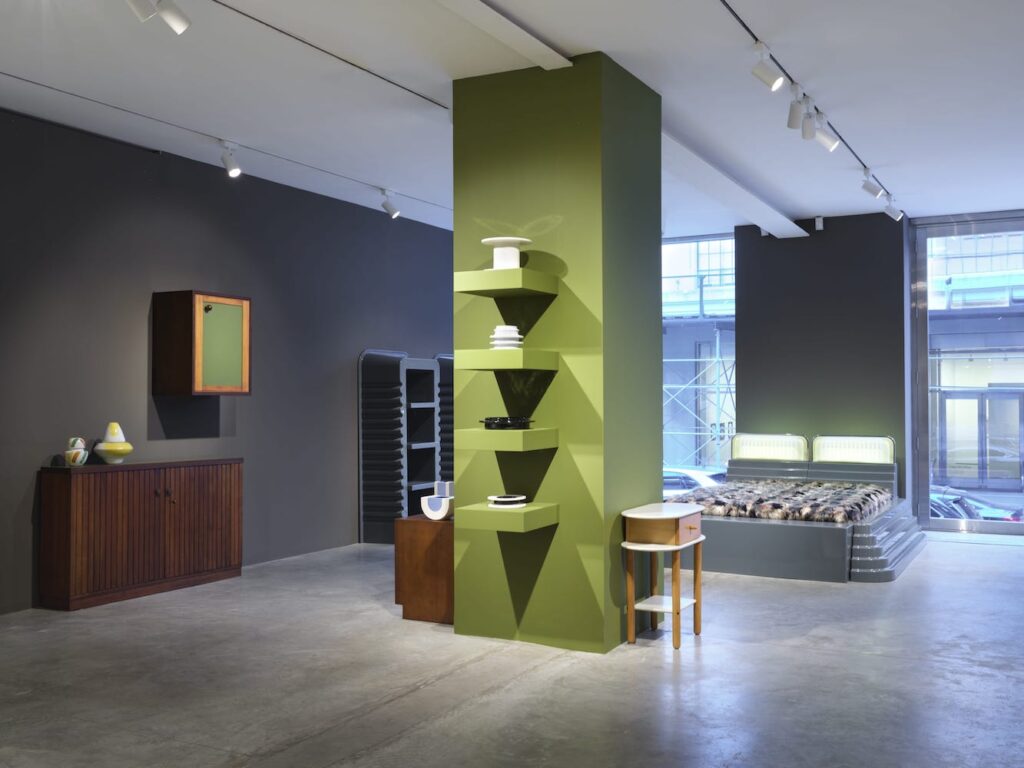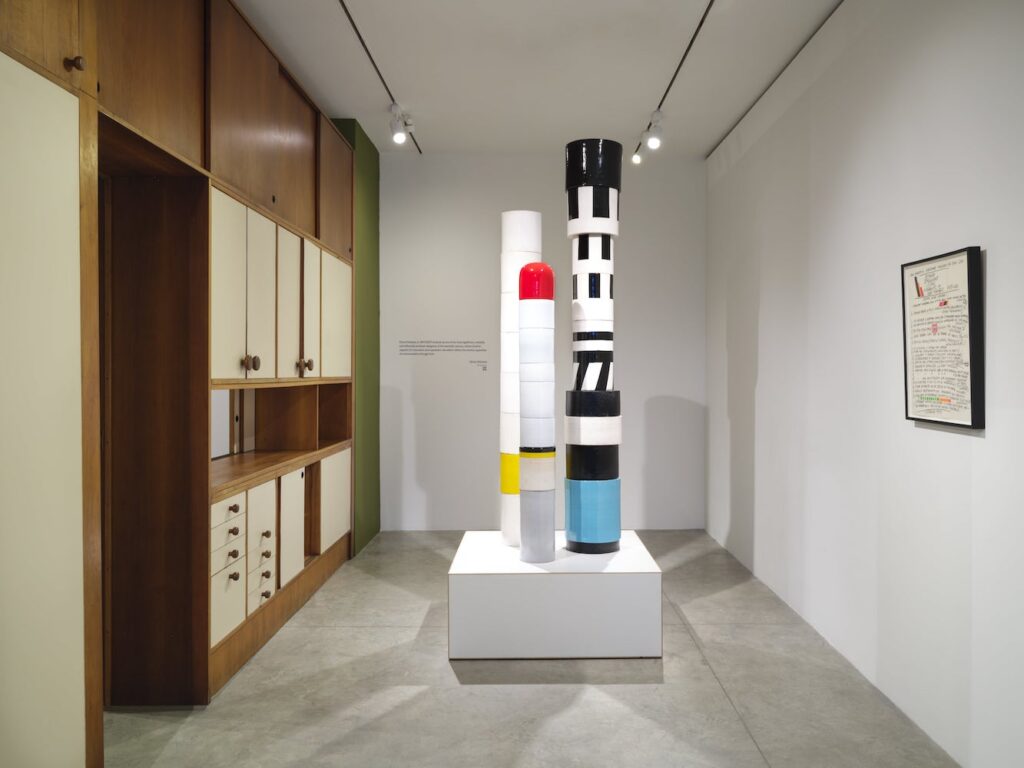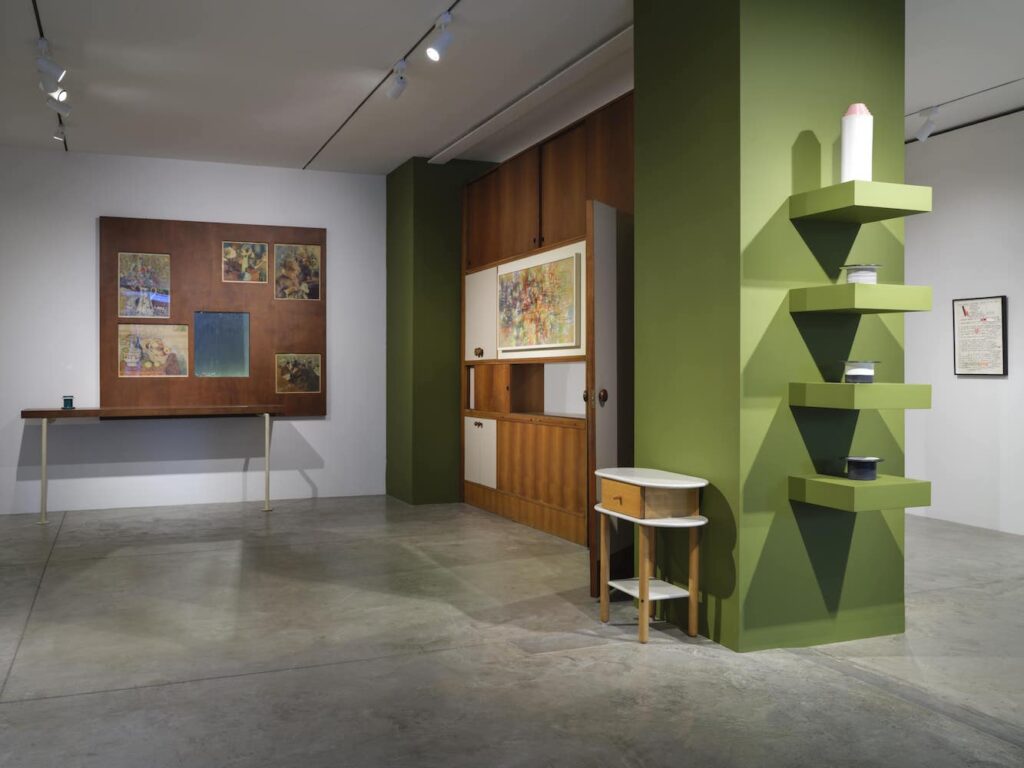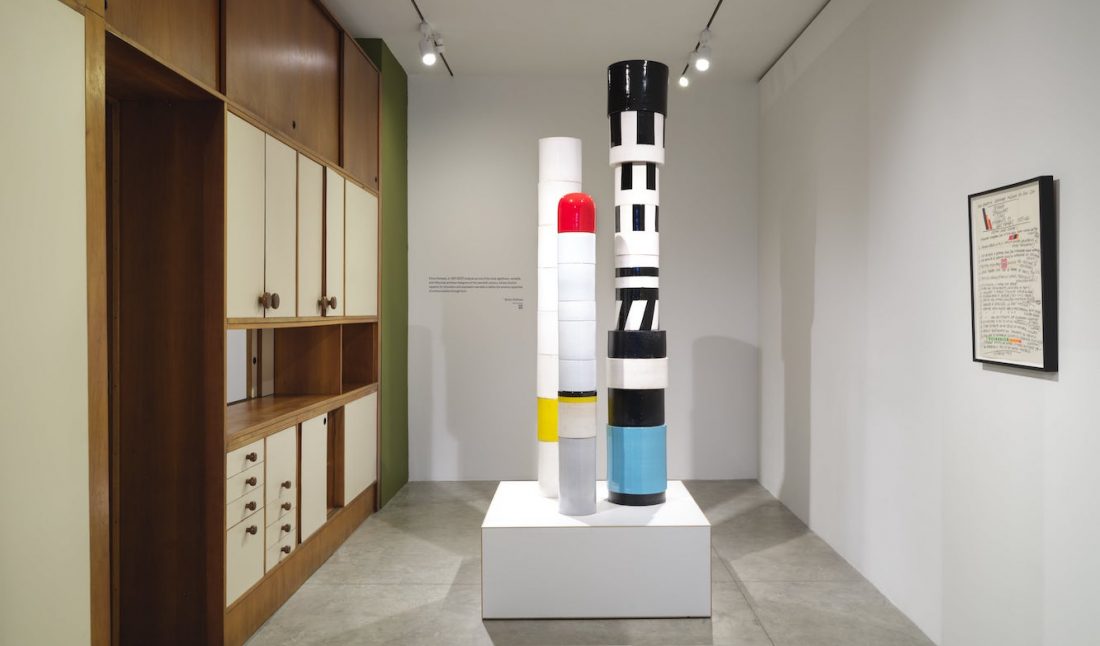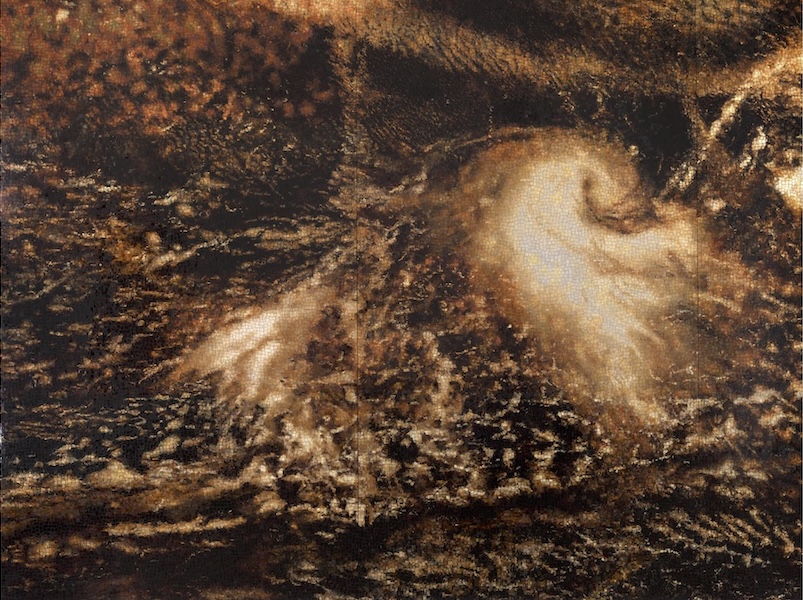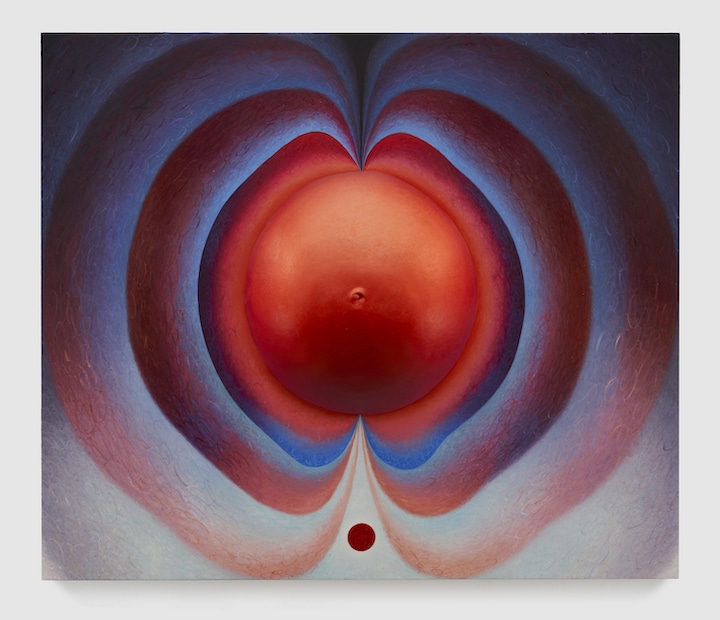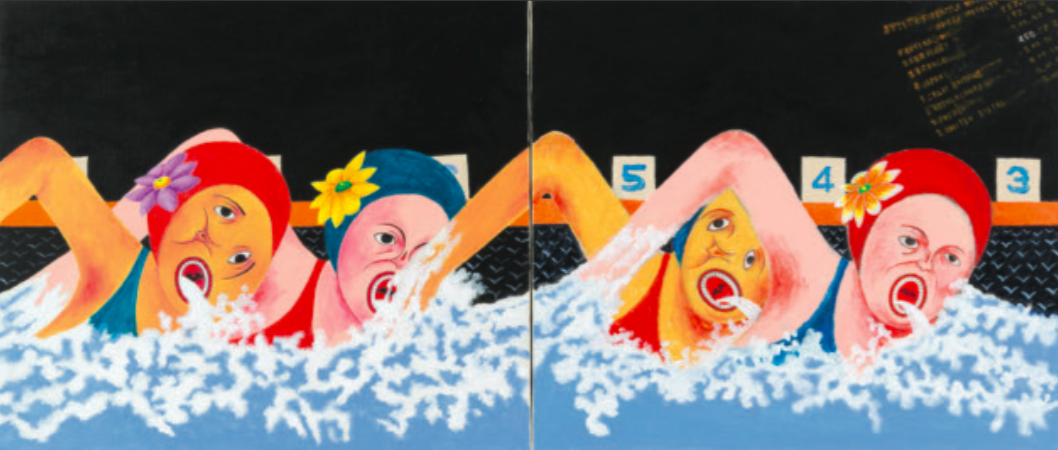Friedman Benda Presents a Multi-Part Series on Ettore Sottsass
Friedman Benda’s New York gallery on West 26th Street is currently presenting the ninth solo exhibition in a series of shows exploring the oeuvre of the late Italian architect and designer with “Ettore Sottsass 1947—1974.” On view through December 16, the latest installation in a greater survey of Sottsass’s practice focuses on works made from the titular period of the designer’s groundbreaking career, including a selection of rare works seen alongside original drawings and publications that illustrate the period at hand.
Who is Ettore Sottsass?
Working across a range of media, Sottsass is noted for a career stretching across six decades in which he deftly moved between areas of industrial architecture and experimentation of his own interests in areas of design. Sottsass was involved in various avant-garde groups, including his founding of the Memphis project in Milan in 1981. Over time, he gained technical mastery of rare and challenging projects and materials like blown glass, large-scale wooden and metal cabinets, and ceramic objects, developing along the way an expansive but defined vocabulary of design that is overflowing with cultural references.
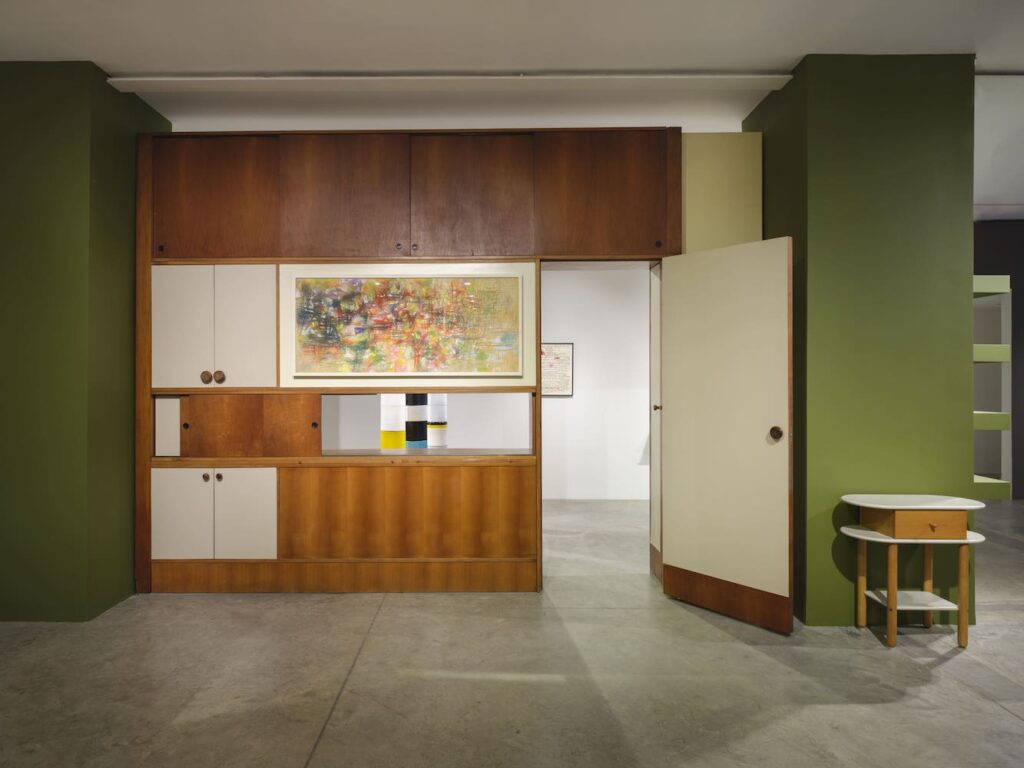
Featured in “Ettore Sottsass 1947—1974”
Sottsass was born in 1917 and drafted into the Italian army during WWII. The period of examination of the show marks the earliest years of Sottsass’s active career after the end of the war. Viewers will find evidence of the evolution in the designer’s process and production during the first half of his robust career.
On view are reflections of Sottsass’s travels in the U.S. and India, his work with furniture manufacturer Poltronova, and pieces like the large-scale architectural Storage Partition (1965), designed for the Tufarelli residence in Capri, the rare, seven-feet-tall triptych totem Due Menhir e Grande Fallo from 1966, and much more. The exhibition comes accompanied by a full catalog with an essay by Simon Andrews.
